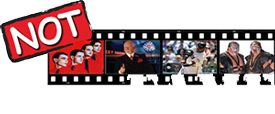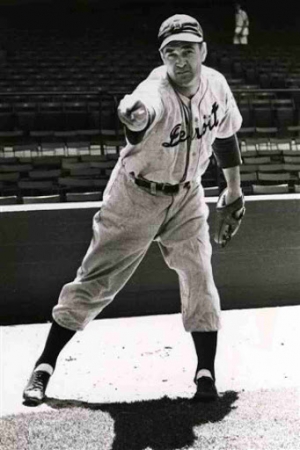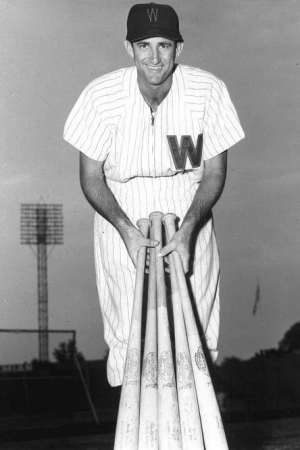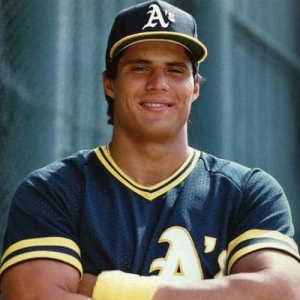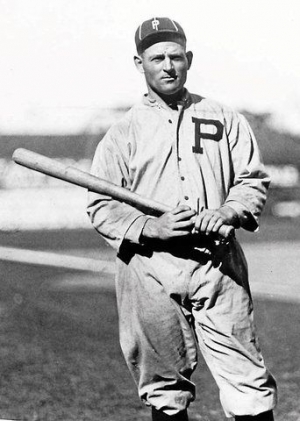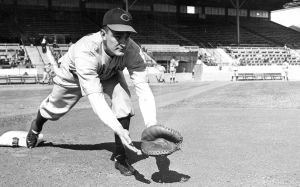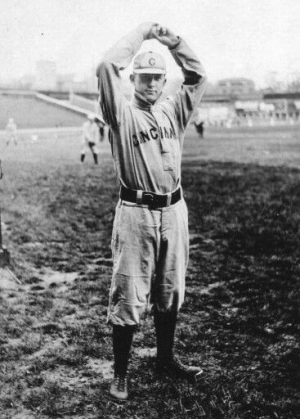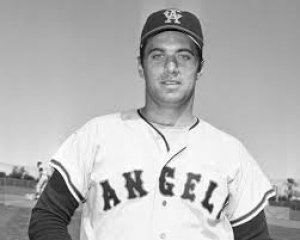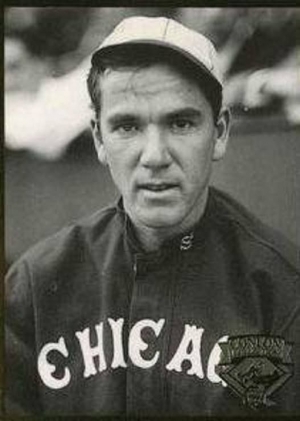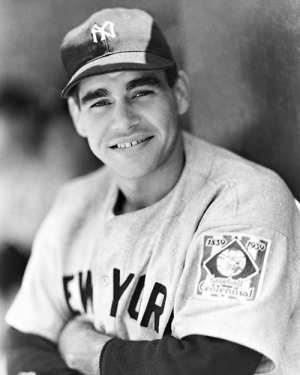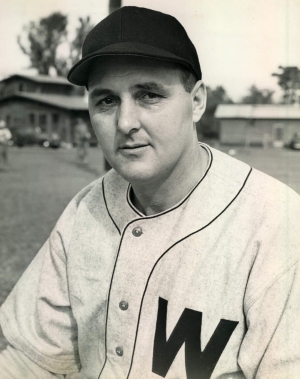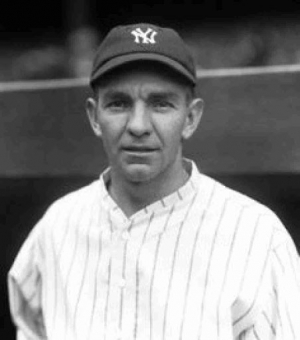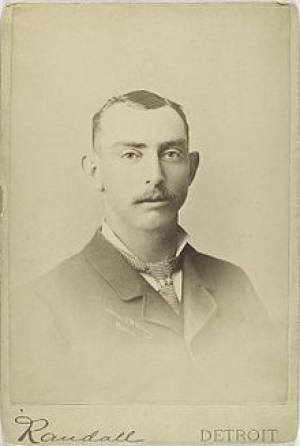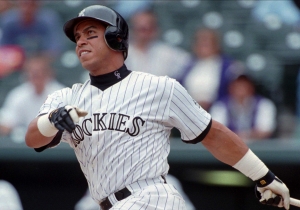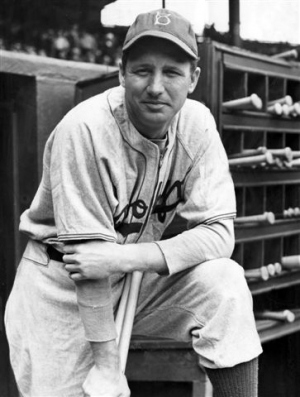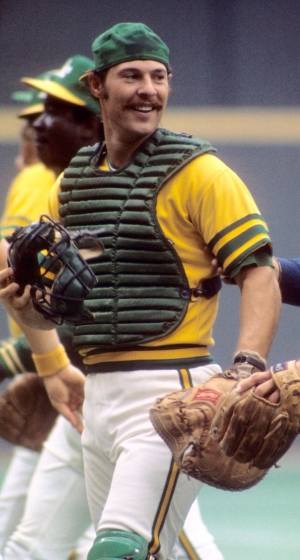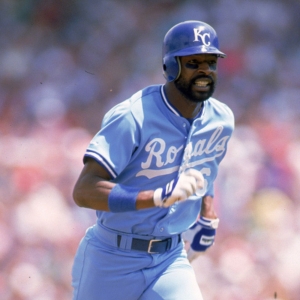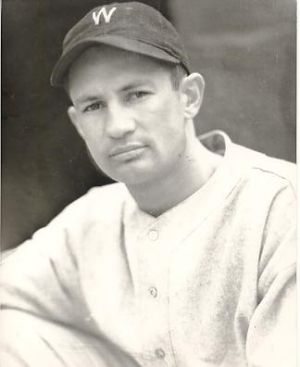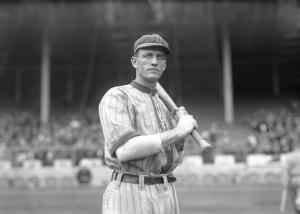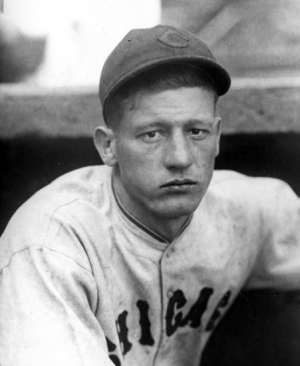Baseball
Established in 1936, and currently based in Cooperstown, New York, the Baseball Hall of Fame may be the most prestigious of any Sports Hall of Fame. Although Baseball may have taken a backseat to Football in recent years, there is no doubt that Baseball’s version of the Hall of Fame is by far the most relevant and the most difficult to get enshrined in. At present, a player has to receive seventy five percent of the votes from the Baseball Writers Association of America, which has proven to be no easy task. Failing that, a player could be inducted by the Veterans committee, though few have been inducted this way. Our list will focus on the players only, and although we could easily do a tally focusing on mangers, broadcasters or other vital personnel, as always it is far more enjoyable to discuss the merits of those on the field as oppose to those off of it.Until Then, Let’s get some peanuts and cracker jacks and cast some votes of our own!
Sincerely,
The Not in Hall of Committee.
When you are named Bobo Newsom, you have to assume that the possessor is a colorful character. He was, but there was a period where Newsom was also an excellent Pitcher.
Mickey Vernon arrived in the Majors in 1939 with the Washington Senators, and he was entrenched as their starting First Baseman in 1941. Vernon would do well in the early 40s, where he had three straight 145 plus Hit seasons before World War II came, and he would miss 1944 and 1945. When he returned, he would take his place in the upper tier of First Basemen.
While the career of Jose Canseco was beset with controversy regarding his steroid use, the players he would later accuse of taking PEDS, and his off-field shenanigans, there should be no doubt that during his prime, he was pegged as a future Hall of Famer.
Gavvy Cravath did not make the Majors until he was 27, where he spent 94 Games in 1908. He did not make the best impression, and he bounced around the following year from the minors and had stints with the Chicago White Sox and Washington Senators, and then it was back to the minors. It would have been easy to think that this would be it for the slow-footed Rightfielder, but he found a home in Philadelphia in 1912.
Frank McCormick debuted for the Cincinnati Reds in 1934, and this was the team that he had his greatest success by far.
Frank “Noodles” Hahn may not have completed the necessary ten years in the Majors to be in the Baseball Hall of Fame, but that does not stop us from ranking him.
Jim Fregosi’s Major League debut coincided with that of the Los Angeles Angels, and it would not take long for the Shortstop to establish himself as one of the premier players at his position.
Guy Harris “Doc” White was not a superstar but was a player that teams would covert for his dependable and durable production.
One of the most underappreciated members of New York Yankees folklore, Charlie "King Kong" Keller was known for his incredible strength and corresponding Home Runs, but he probably should be more known for his plate discipline. Keller would twice lead the American League in Walks and had an On Base Percentage over .400 seven times, six of which were enough to put him in the top ten that year. He would also lead the AL in OPS in 1943.
There were two Pitchers in baseball who were named Dutch Leonard. The first was Hubert “Dutch” Leonard, who was a lefthander who had a 139-113 record with two World Series Championships with the Boston Red Sox. The second was Emil John “Dutch” Leonard, a righthander who may not have had a World Series Ring, but had a much longer tenure and was one of the better knuckleballers in baseball history.
Bob Shawkey was a star on the rise with Connie Mack’s Philadelphia Athletics, but the cash-strapped team traded him to the New York Yankees during the 1915 season.
The Montreal Expos had earned a reputation for scouting and signing Latin American talent, and one of the best examples of that was Venezuelan First Baseman, Andres Galarraga.
Fred "Dixie" Walker was in the New York Yankees organization for a few years, but he struggled to stay in their lineup. The Yanks waived him, and the White Sox picked him up during the 1936 Season, and the year after, he had his breakthrough campaign in the Majors.
ARIZONA DIAMONDBACKS - TICKET + HOTEL DEALS
Mar 24, 2025
Buy your Tickets to see Arizona Diamondbacks - Ticket + Hotel Deals HERE!
2025 TORONTO BLUE JAYS - TD EXECUTIVE SUITES
Jan 01, 1970
Buy your Tickets to see 2025 Toronto Blue Jays - TD Executive Suites HERE!
2025 TORONTO BLUE JAYS FLEX PACKS
Jan 01, 1970
Buy your Tickets to see 2025 Toronto Blue Jays Flex Packs HERE!
2025 SEATTLE MARINERS FLEX MEMBERSHIPS
Jan 01, 1970
Buy your Tickets to see 2025 Seattle Mariners Flex Memberships HERE!
Prior to winning the World Series MVP in 1972, you could argue that Gene Tenace was one of its most unlikely recipients. The Catcher made his first appearance in the Majors in 1969 for Oakland, but he was mostly a backup. Late in the ’72 season, Tenace was promoted to a starter, and he belted four Home Runs in World Series.
Historically speaking, we don’t think that we are going out on a limb by stating that Willie Wilson was one of the best leadoff hitters in the game.
Buddy Myer was referred to as the "cocky little Second Baseman," though that was not meant as a compliment, and was usually used by opponent or opponents' fans after Myer did well.
A 15-year veteran of the Majors, Jake Daubert played for two different teams in his Major League career, the Brooklyn Superbas/Robins and the Cincinnati Reds.
Lon Warneke played his entire career in the National League, splitting his run with rivals Chicago and St. Louis.
